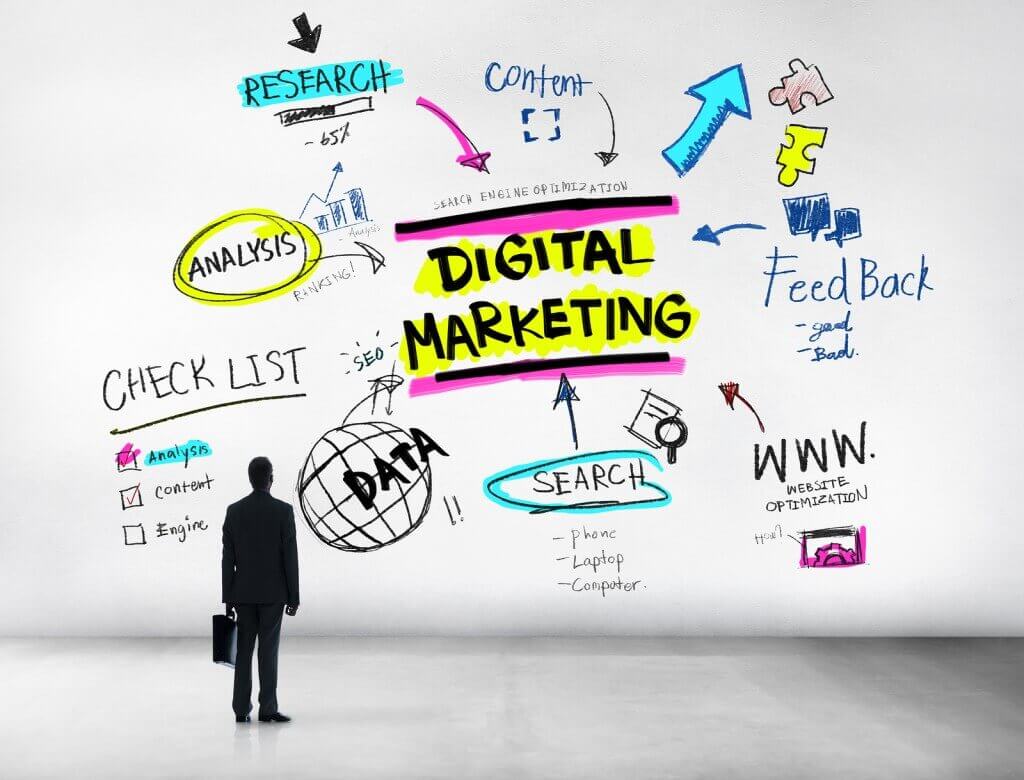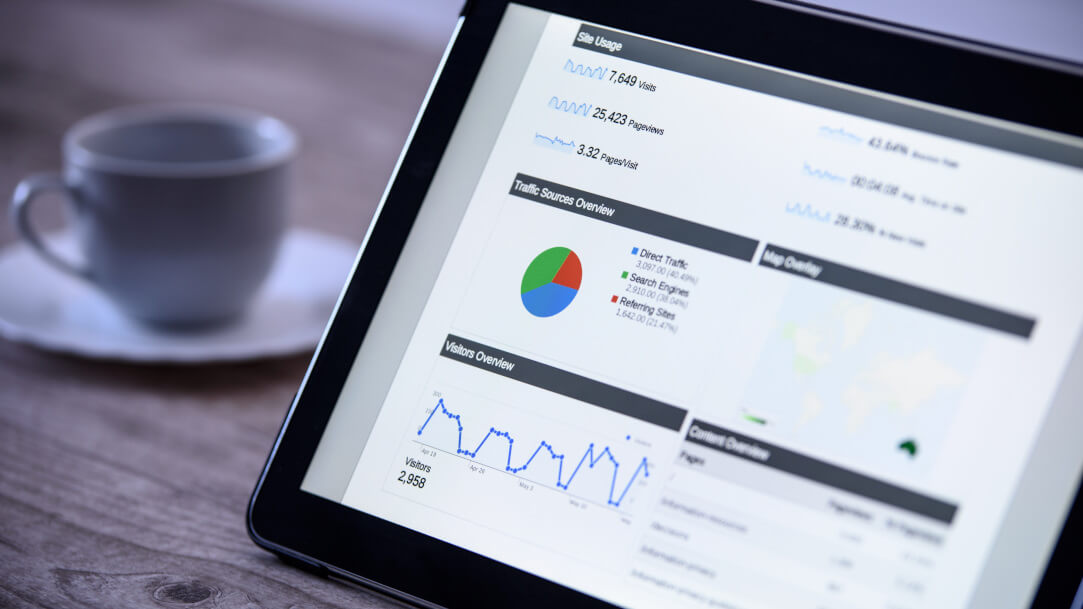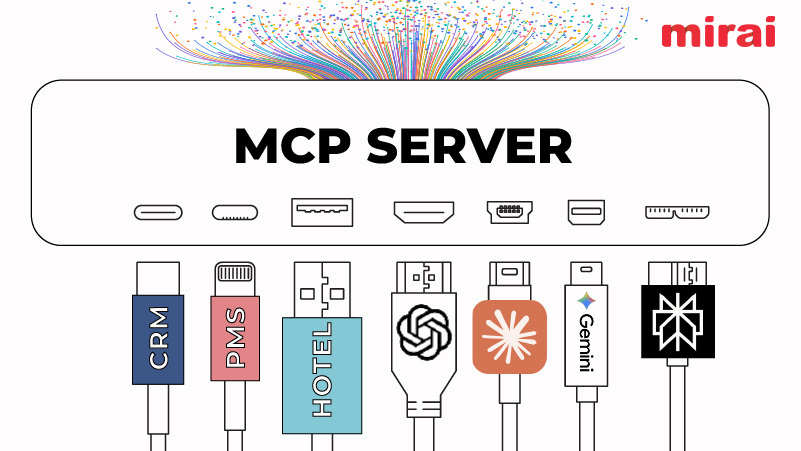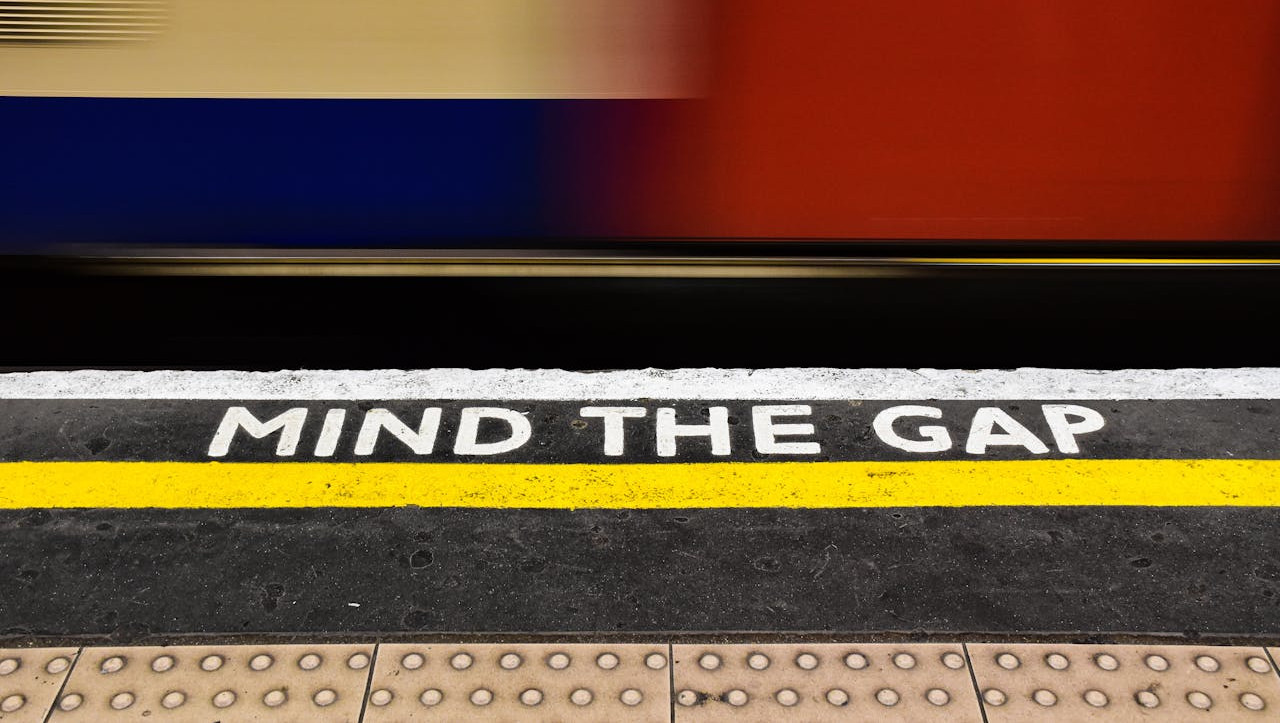
With over 15 years of experience in the digital marketing sector we thought it would be interesting to take a step back in time and compare how a hotel digital marketing strategy has changed. 7 key areas which have evolved during the past decade include;
Mobile Experience
Think back to 2007, what phone did you have? The first iPhone was only released during late 2007 in the UK, so you were most likely using a phone with a limited sized screen and no fast 3G or 4G connection. Tablets, such as iPads, didn’t exist. Websites were not responsive or mobile friendly 10 years ago; this was not a priority.
Fast forward to 2017 as travel planning shifts more and more to mobile and the growing trend for consumers to research their next holiday on the go. Hotel and travel websites must ensure they have a mobile friendly, responsively designed, website with fast page load times.
Along with a mobile friendly website, digital marketing strategies in 2017 should consider the full user journey, from the initial information search and discovering your brand, right through to converting on your website.
Paid Search Approach
The Search Engine Results Page (SERP) has also changed dramatically during the past decade. Now with more space for paid adverts along with map results, your organic listing is pushed further and further down the page. A large part of the focus has shifted to ensuring your paid advertising protects your brand and map listings are up to date and correct.
Nowadays, hotel advertising through Google and Bing is a lot smarter and more sophisticated. With advanced demographic targeting options, remarketing (for the search and display network) along with the advancements in the Google Display Network, hoteliers now have many options to reach potential hotel guests.
In addition, with more advert extensions available to make your adverts stand out along with the recently released expanded text ads, there’s more space to advertise the hotel’s key selling points to help the adverts stand out against OTAs.




